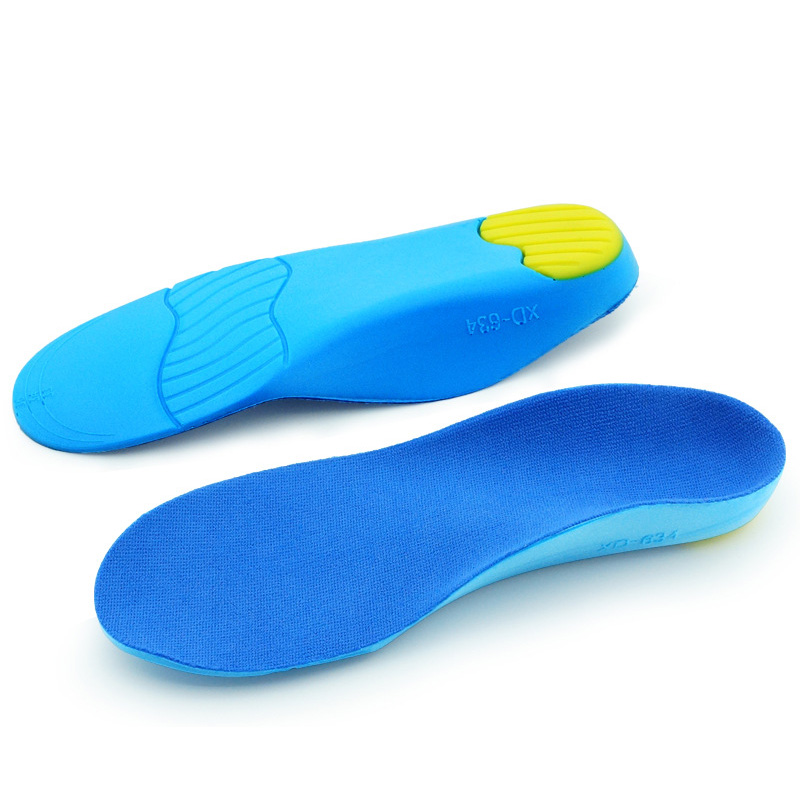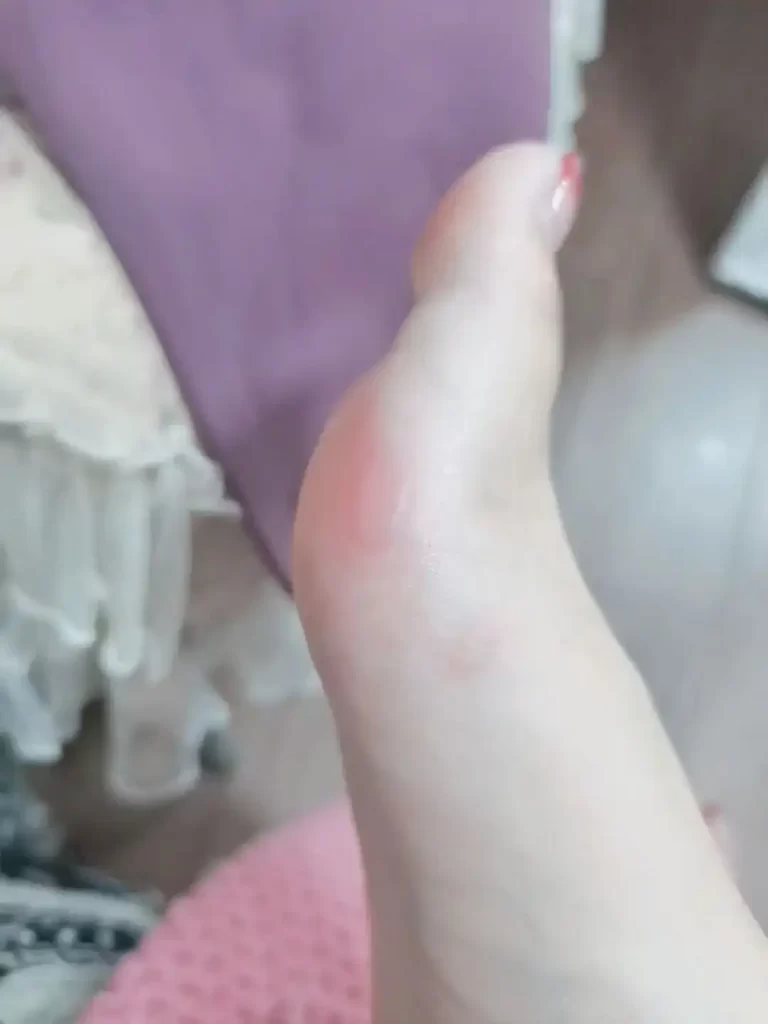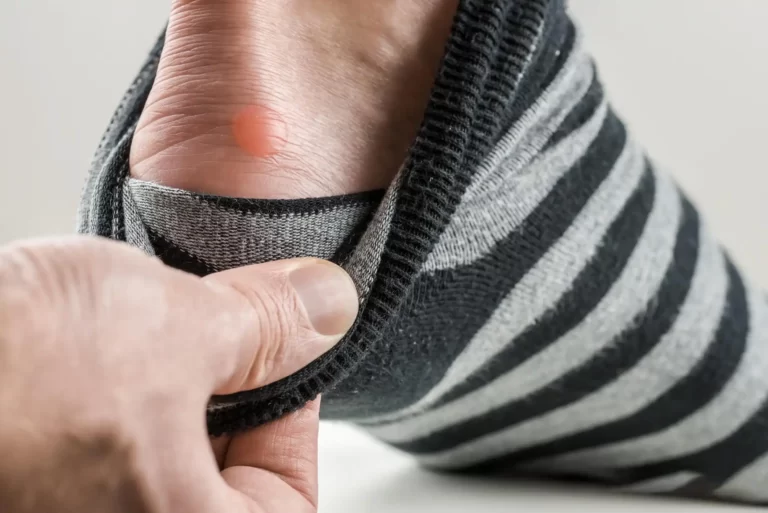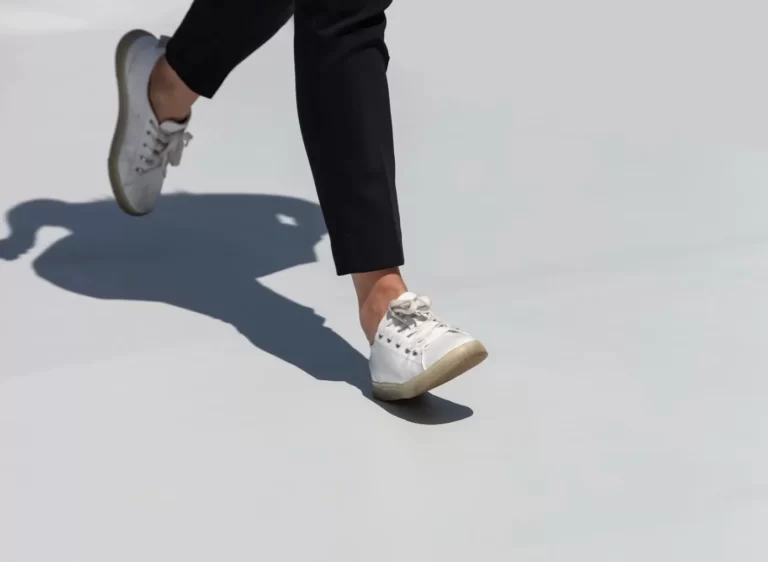The Beginners Guide to Buying Plantar Fasciitis Insoles
Plantar fasciitis is a painful and debilitating condition that affects your feet. It can occur when the plantar fascia becomes inflamed, causing pain to radiate across the bottom of your foot. The best way to treat plantar fasciitis is with an orthotic. These are special insoles that you put inside of your shoes to help ease the pain caused by this condition. They provide extra support for your feet and relieve pressure on them so they’re able to heal properly without further damage being done. In this article, we’ll go over what plantar fasciitis insoles are, how they work and why they’re effective at treating this type of foot pain
What is plantar fasciitis?

Plantar fasciitis is a common foot condition that causes heel pain. It’s caused by inflammation of the plantar fascia—the thick band of tissue that runs along the bottom of your foot from your heel to your toes.
The cause is usually repetitive strain from high-impact activities like running or jumping, but it can also be caused by other things like obesity and diabetes. The pain may begin gradually with heel pain when you stand up, walk or run.
Plantar fasciitis can be treated with exercises, stretching, footwear and orthotics (inserts). Sometimes surgery is needed to release tight bands in the muscles around your heel bone so they don’t pull on the plantar fascia as much when you move around.
What causes plantar fasciitis?
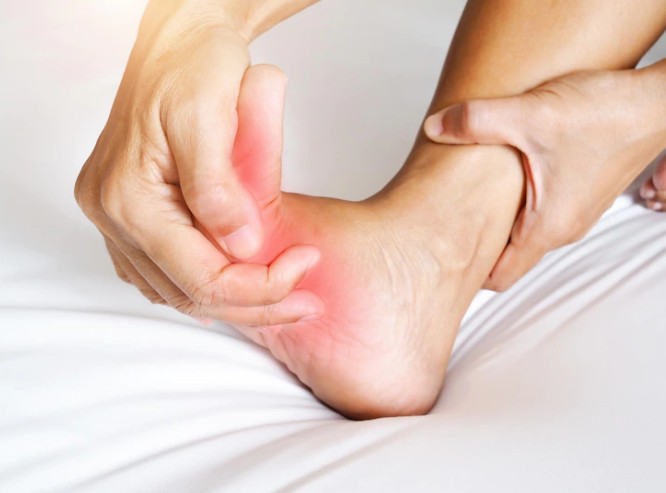
The plantar fascia is a ligament that connects your heel bone to the front of your foot. When this ligament becomes inflamed, it’s called plantar fasciitis.
Many factors can cause inflammation in the plantar fascia:
- Excessive pronation (or flat feet)
- Overuse, such as walking or running for long periods of time on hard surfaces (such as concrete) with little support underneath your feet.
- Being overweight can also increase the chances you’ll develop plantar fasciitis because being overweight puts more strain on the muscles and tendons in your lower body.
Plantar fasciitis is a common condition that can cause heel pain. It affects around one in ten people. It’s more common in people over 40 years old, but it can affect anyone at any age.
How Do I Know If I Have Plantar Fasciitis?
Plantar fasciitis is a painful condition that occurs when the plantar fascia, a thick band of tissue on the bottom of your foot, becomes inflamed. This can cause heel pain and inflammation in the bottom of your foot.
The symptoms are usually felt as:
- Pain in the bottom of your foot (the heel)
- Pain at first when you get out of bed or after sitting for long periods
- Sharp pain under the heel bone that gets worse with more active movement (like walking or running)
You can check to see if you have plantar fasciitis by applying pressure to the bottom of your foot where the heel and arch meet. If it hurts, then chances are good that you do. Another sign that may indicate plantar fasciitis is a deep bruise or open blister on the bottom of your foot, although this is not always present in all people.
What is the Treatment For Plantar Fasciitis?
If you’re experiencing plantar fasciitis, there are several ways to treat your condition. Rest, ice and elevation are the most effective ways to manage pain and inflammation associated with plantar fasciitis. Medications may be prescribed to reduce inflammation of the arch or heel of your foot that can help relieve some symptoms temporarily but don’t address the cause of the problem itself. Injections such as cortisone shots can also be used in certain cases with patients suffering from plantar fasciitis but again this does not permanently solve their problem so injections should only be considered as a temporary solution for those seeking relief from their pain rather than a long term solution for treating their condition.
Physical therapy may also be recommended by your physician should they determine that additional exercise is necessary in order to strengthen muscles around the arch and heel region of your foot which will help improve circulation flow in those areas thus reducing swelling over time which ultimately reduces stress on ligaments causing them less strain when walking around each day!
In some cases surgery may need performed on patients suffering from chronic inflammation caused by excessive pressure put onto those specific areas (high impact activities such as running) causing damage over time leading up toward needing surgery due solely on excessive wear-and-tear occurring between various ligaments within these areas being overexerted continually without rest periods between workouts/runs etcetera).
What are plantar fasciitis insoles?
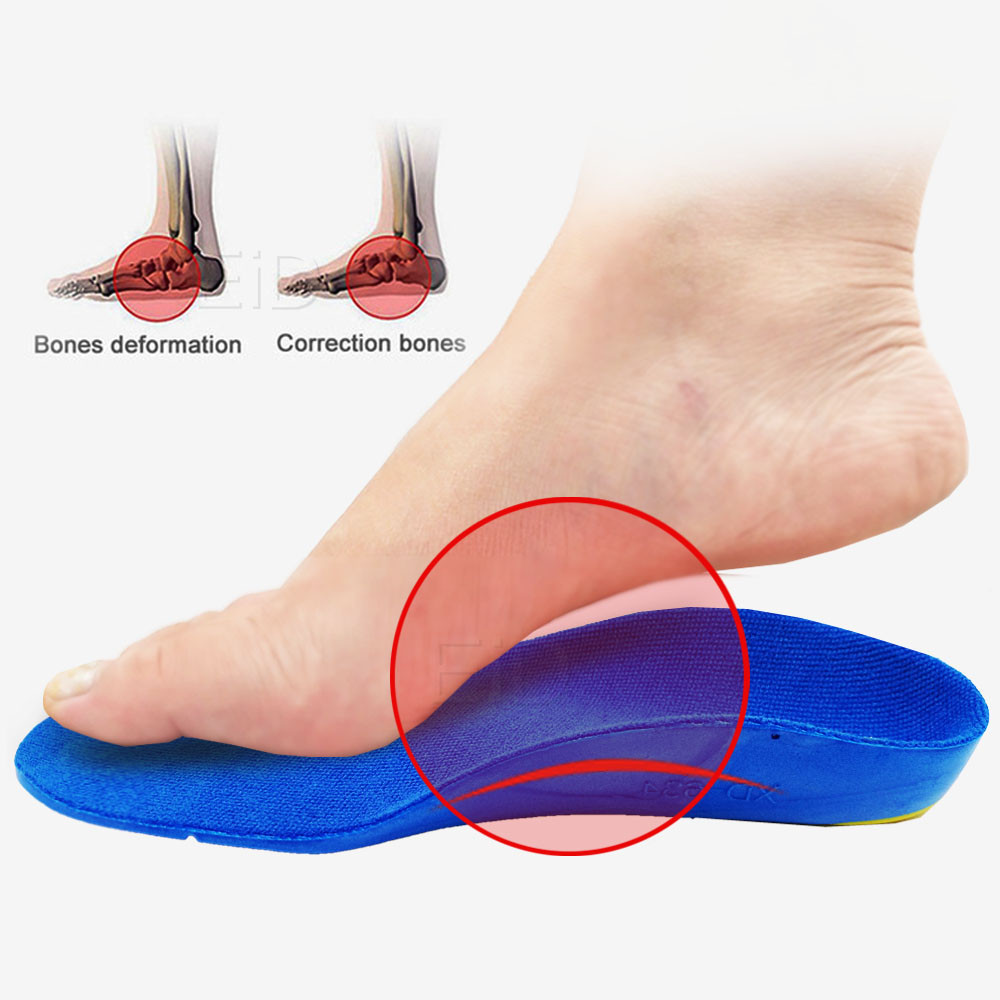
Plantar fasciitis insoles are designed to relieve pain and reduce inflammation. They can be used to help with the healing process, but they can also be used in shoes or boots as a preventative measure so that you don’t develop plantar fasciitis in the future. They are available in different sizes and styles depending on your needs, so it’s important that you choose an insole that fits well into your shoe or boot.
Types of insoles for those with plantar fasciitis.
There are many different types of insoles for those with plantar fasciitis. There are flat, rigid, and even heel spurs that can be used in shoes to relieve the pain from this condition.
Some patients may find that they require a particular type of shoe insert just like the one they purchase at their local store or retail outlet. However, others may not need any kind of support at all because they have other medical problems that are causing their foot pain on a day-to-day basis.
You should consider how long your feet will be supported by these inserts if you’re considering purchasing them online through an ecommerce site such as Amazon or eBay because many people find it easier to shop online rather than going into stores where prices tend to be higher than if purchased directly from manufacturers themselves (like New Balance!).
Some insoles are more suitable for people with plantar fasciitis than others. For example, those who have flat feet might want to consider a rigid insert that will provide better support and stability. Those who suffer from heel spurs or other medical issues may prefer softer materials like memory foam inserts because they provide more cushioning without sacrificing comfort levels.
Why do you need plantar fasciitis insoles?
Plantar fasciitis insoles are designed to help with pain and inflammation. Plantar fasciitis is the most common cause of heel pain and can be caused by a number of things, including flat feet and obesity. Plantar fasciitis insoles work by providing cushioning over the arch in your foot, reducing pressure on your arch which helps alleviate pain. They also provide support for the muscles and fascia in your foot which will help stabilize them while you walk or run.
Some other benefits of plantar fasciitis insoles include:
- Supporting inflammation
- Reducing heel pain
- Providing traction so that you don’t slip on wet surfaces
The best way to treat your plantar fasciitis is with a combination of stretching exercises and insoles. You can find many different types of insoles online, but be sure they are designed specifically for plantar fasciitis.
How to select the best plantar fasciitis insole?
When you are looking to buy plantar fasciitis insoles, there are some things that you should consider. First of all, you need to determine what type of insole is needed. If it is for a shoe with a removable sock liner or midsole, then the choice will be between an over-the-counter or custom made insole. If the shoe has a solid bottom and can’t be removed from inside, then you will have to consider whether one of two types: gel pads or orthotics.
Secondly, consider the size of your foot when buying an insole for your shoes. Some insoles are adjustable so that you can adjust them to fit your heel better but others come in only one size which means they may not fit well if you have wide feet or narrow ones like mine (yes I am describing my own feet here).
Thirdly! You need think about what material would work best for each specific part of your foot because different materials offer different benefits depending on where they are placed on our bodies and how hard they hit against our muscles when we run around all day long
Fourthly… do not forget about price!!
How long does it take for your body to get used to new insoles?
It can take your body up to a week before it gets used to the new insoles.
However, this does not mean that you should wait for the pain to disappear completely before you start using them. As soon as you get your plantar fasciitis shoe inserts, put them in your shoes and go about your daily activities as usual.
You will still feel some discomfort initially but it should subside within a few days or even hours with each passing day of use. If not, then something is wrong with the product or size (not all insoles fit everyone). Within one week of wearing these insole types regularly, most people find that they’re finally able to walk around comfortably again!
What should you avoid when shopping for insoles for plantar fasciitis?
When shopping for plantar fasciitis insoles, it’s important to avoid the following:
- Insoles that are too thin. Your insoles should be thick enough to offer support and cushioning without being so thick that they feel like you’re walking on pillows.
- Insoles that are too soft. Your insoles should also be firm enough to provide support without feeling like you’re walking on marshmallows.
- Insoles that are too hard or stiff. While this isn’t a problem for many people, some people prefer softer or more flexible insoles than others, so if this describes you then keep an eye out for such things when shopping around at different stores or websites.
Best insoles for plantar fasciitis – reviews in 2022
If you’re looking for the best insoles for plantar fasciitis, we’ve got you covered.
- We have an extensive review section, which includes detailed reviews of all our favorite brands and models on the market today.
- Our buying guide provides helpful tips to help you make your decision.
- The best part? We’ve put together a list of our top picks based on customer reviews and their overall value.
Takeaway: Check with your doctor before choosing an insole.
However, if you have plantar fasciitis, it’s always a good idea to check with your doctor before making any changes to your footwear or activity level. Your doctor may be able to recommend a particular insole that will be of most benefit for you.
Your doctor can also help you choose the best insole for your foot type, activity level and budget. While there are several options available on the market today that offer relief from this painful condition; there are only certain types of insoles that will really work well if they’re not customized to meet your specific needs.
Conclusion
Plantar fasciitis is a painful condition that many people suffer from. In this article, we have given you all the information that you need to know about plantar fasciitis insoles so that you can decide if this is something that would work for your feet. If you are unsure whether or not these insoles will help relieve your pain then we recommend speaking with your doctor as well as discussing it with someone at an athletic shoe store near where you live who has experience treating this type of problem before making any decisions on buying new shoes or inserts for yourself!

